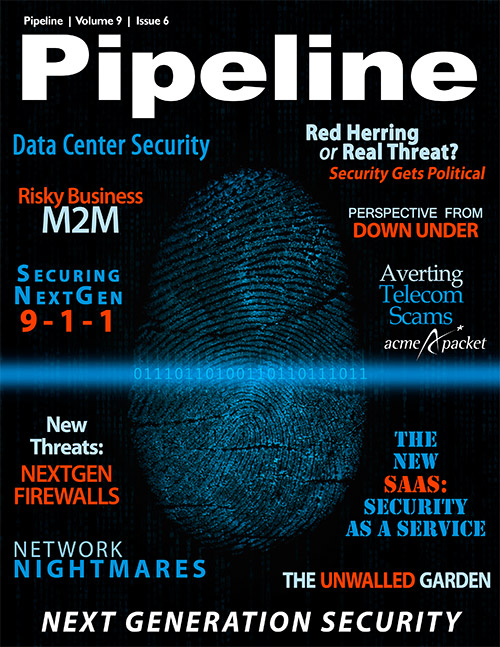Conquering the Logical in Next-Generation Data Centers
What has changed most — and continues to change — in energy consumption are data-center managers’ awareness of the environment within and around the data center and their ability to respond to it. In fact it has changed the way data centers are being planned, according to Alger. Until now engineers’ goal was to stay ahead of growth; they would assign a given amount of data-center space to some group that may ultimately only use half of it. That meant the power reserved for that space could not be reused elsewhere. With its data center in Allen, Texas, Cisco stopped planning that way and instead implemented a flexible power scheme that allowed unused energy in one cabinet to be used in another.
Each cabinet in that center, among 750 cabinets, is provided with, on average, 6.5 kilowatts of power, but the room can accommodate up to 20 kilowatts for any cabinet that needs it, “so we consume all the power before having to move to another build,” Alger said.
In addition the Allen data center uses outside air for cooling at least half the year, saving $600,000 to $800,000 in local power costs by doing so.
Environmental efficiency is only tangentially related to security, but in the long run it allows companies to choose data-center sites that will not fall victim to changing climates.
Although data centers have come a long way in terms of capacity and efficiency, and despite an interest in pushing the state of the art, there is one thing that ensures a slower embrace of change than the rest of the network, and it isn’t the fear and skepticism surrounding security. It is, as Alger said, a base conservatism of folks in the data center that’s driven by the embrace of a more important factor: “The ultimate mission is to run and be available, so anything that can be accomplished with new technology is fantastic, but it must get in line behind availability.”


















